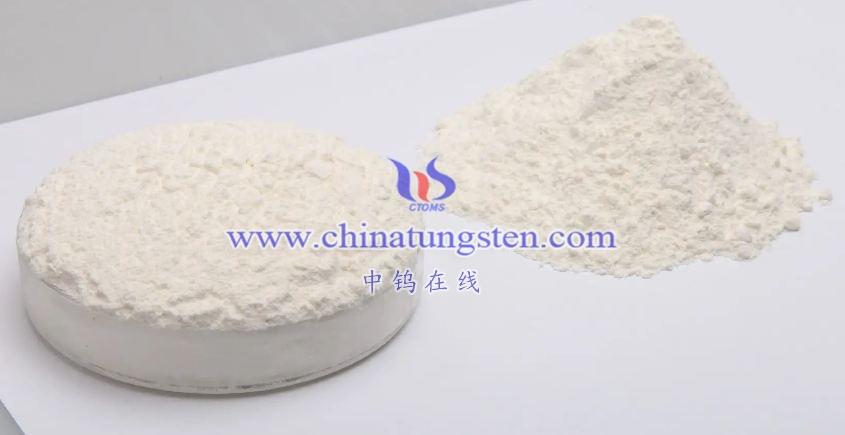Ammonium paratungstate (APT) and ammonium metatungstate (AMT) are two different types of ammonium tungstate compounds with different chemical properties and applications.
Ammonium paratungstate (APT) is a white crystalline salt with the chemical formula (NH4)10[H2W12O42]. It is commonly used as an intermediate in the production of tungsten metal and tungsten oxide. APT is also used as a raw material for the production of tungsten carbide powder, which is widely used in the manufacture of cutting tools, mining tools, and wear-resistant parts.
Ammonium metatungstate (AMT) is another white crystalline salt with the chemical formula (NH4)6H2W12O40. It is used as a starting material for the production of other tungsten compounds, such as tungsten oxide and tungsten metal. AMT is also used as a reagent in analytical chemistry for the detection and quantification of various elements.
The main differences between APT and AMT is their chemical structure. APT is a paratungstate salt, which means that it contains multiple tungsten-oxygen clusters linked together. On the other hand, AMT is a metatungstate salt, which means that it contains a single tungsten-oxygen cluster.
In summary, APT and AMT are both ammonium tungstate compounds that are used in various applications, but they have different chemical structures and properties.







